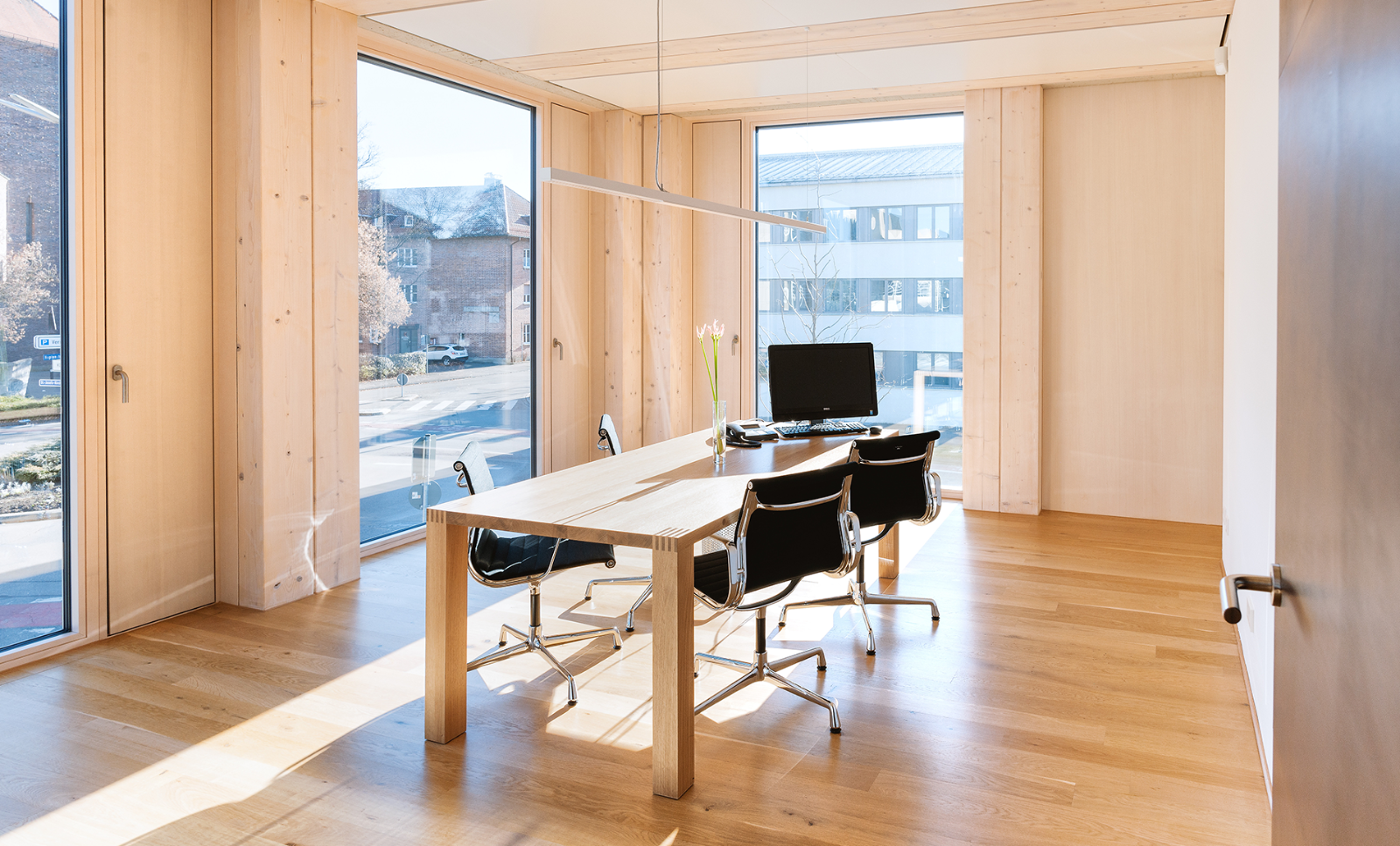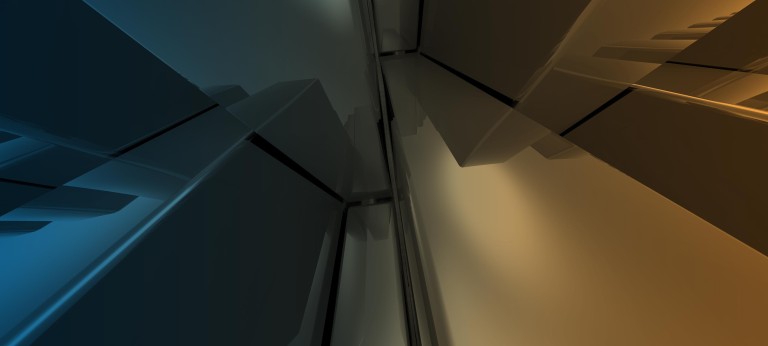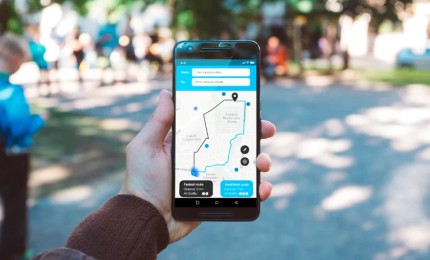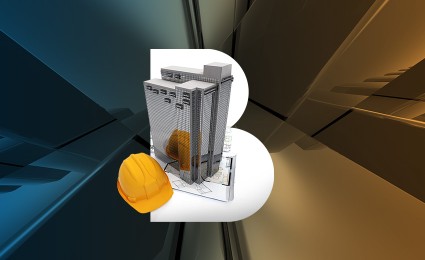Interested in other interviews of the series? Click here!
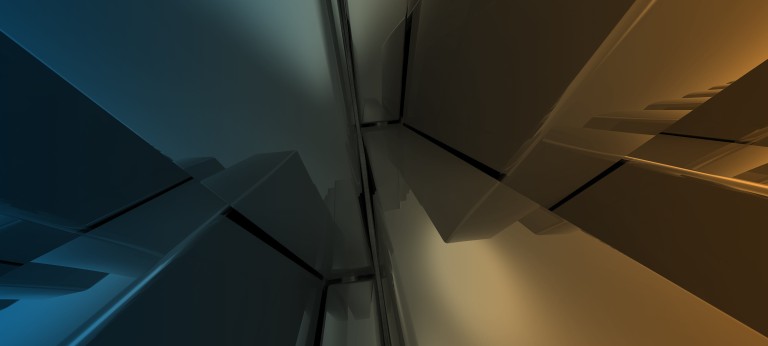

Construction startup radar
A smarter system for better buildings and a sustainable future
Driving innovation in sustainable high-rise construction through collaboration
Cree is an international technology and consultancy firm, dedicated to designing and building sustainable, healthy buildings, using only prefabricated timber-based components. Their mission is straightforward and ambitious: to lead the way toward sustainable, streamlined building processes to meet the varied and rapidly evolving requirements of construction. In this interview, Hubert Rhomberg talks about the current standings of his revolutionary sustainable construction business, Cree, and about his hopes and dreams for the future of the company.
This interview is part of the series " Construction Startup Radar "
"We have seen a rise in green finance, and a spike in the demand for carbon-neutral buildings"
Hubert, please introduce yourself and your team and tell us a little bit about your background
My name is Hubert Rhomberg, I founded Cree in 2010. I am an entrepreneur, construction engineer, and the 4th generation CEO & owner of Rhomberg Group — a family-owned company with an annual revenue of 753 million euros and 2,750 employees.
As of today, we have 27 core team members — highly committed to sustainability —, and an international network of licensing partners, consisting of over 100 highly committed individuals.
Essentially, we are composed of a collection of companies committed to driving innovation in sustainable high-rise construction through collaboration within an ever-expanding, global network. Together, we develop what we like to call, “Cree Systems”: proven, reproducible, and constantly evolving solutions for multi-story, hybrid-timber buildings made of prefabricated components.
Over the last 10 years, we have built a strong track record. On top of completing multiple projects, we have also rolled-out some new technology which has allowed us to generate expertise in sustainable hybrid-timber buildings and platforms. As I mentioned earlier, we don’t work alone: we also draw on the expertise of the Rhomberg Group, of whom we have 10 years of recognition and experience in the construction market with our brand.
Thanks for that brief history lesson. Could you please tell us a little bit about your company and business model?
Absolutely. In short, we’re a platform dedicated to promoting innovation in sustainable construction through collaboration within a growing global network — we facilitate versatile hybrid-timber, high-rise construction all over the globe. Via our lean production process that uses local pre-cast concrete and carpentry facilities, we provide a sustainable building method that ensures our general contracting partners to always meet the needs of their clients.
We license our building technology to general contractors and developers from all over the world, including Japan, Singapore, Denmark, Luxembourg, Belgium, Portugal, Austria, Switzerland, and Germany, just to name a few. Currently, we are seeing an increase in new licensees, with an addition of 3 to 4 per year. By licensing our technology via our platform, we enable other companies to stand out from the competition in their respective markets. As our community increases in size, we continue to provide and maintain a virtual space where our partners, architects, suppliers, and developers can share ideas and collaborate to create a viable future for better buildings and infrastructure.
So, what makes you different from similar startups?
The Cree USP is made up of a combination of three factors that allows construction projects to benefit from green finance demand for carbon-neutral buildings on a large scale. First, sustainable hybrid timber buildings, or “green buildings” for green funds. Secondly, they must be built in a modular repetitive manner, meaning they must be scalable, minimizing the labor (COVID-19), time, and money required. Thirdly, they must have a positive impact on the network. This can be done in many ways, for example, sharing the knowledge and information gained via the completion of a job, to the network and other partners in order to better enhance and facilitate the skills and growth of the community as a whole.
How did you come up with the idea for your company?
While I was busy driving the RSRG rail business forward, I was invited to a discussion about sustainable building practices with Alois Flatz — the creator of the Sustainable Asset Management Index —, and Professor Friedrich Schmidt-Bleek, founder of Factor 10. Factor 10 was a social and economic policy program that aimed to reduce resource consumption in industrialized countries tenfold, over the next 30 to 50 years. Professor Schmidt-Bleek used to always say, “Rail is not more sustainable than a Transrapid”. His enthusiasm fired me up and we got into a discussion about the impact of construction as a whole — this discussion was to change my life. “You need to see what’s behind a material,” he explained to me. He then introduced his concept of the ‘ecological rucksack’. “What does it take to produce one ton of building material? One ton of steel requires 8 tons of natural resources, one ton of aluminum requires 28 tons, and one ton of copper requires 400 tons of natural resources.” He would always challenge me: “How can you reduce the resources you use by a factor of 10?”
This type of thinking led to an architectural firm in Vienna becoming interested in collaborating on a research project with me. They wanted to know whether it would be technically possible to build an 8-story building from wood, fully-compliant with safety standards. Although I easily proved that it was possible, I wasn’t satisfied: “What about 30 stories, 100 meters? Can we build that high with wood?”
The first sustainable building designed and built with the Cree platform was Cree LCT One. The hybrid-timber, LifeCycle Tower One, was erected in only 8 days, and featured many advantages: 500 sqm of airtight/weatherproof material could be assembled, per day, with only 5 workers and 1 crane operator; CO2 emissions were reduced by roughly 80%; the visual appearance is that of structural wood, perfect for sound insulation, and replicating a natural environment; and natural fire installation, complete with a 2-hour resistance rating, is located between every floor; finally, the building fulfills all building certification programs, allowing for maximum building sizes and heights.
Tell us, who are your key clients?
Our key clients are general construction companies from all over the world. We sign licensing agreements with them and start a know-how transfer through a pilot project. These licensing partners then bring added value to multiple partners, including investors, developers, planners, and owners and tenants.
What has been your experience regarding the funding process?
We are currently self-funded thanks to our shareholders. Since founding Cree in 2010, we have invested heavily in creating and optimizing our sustainable hybrid-timber buildings, our platform, and scaling internationally. Product development cycles in construction take many years and are costly. Sharing knowledge amongst our stakeholders from every project in the network speeds up product development and has proven to be an unbeatable system.
Compared to other industries, is it more difficult for construction startups to get funding?
The ConTech industry is massive, the disruption to each vertical is different, and the momentum relies on products and services that minimize labor, time, and the general amount of money required. We stand apart from the competition thanks to our modular off-site prefabrication and scalable platform. In addition to this, we have seen a rise in green finance, and a spike in the demand for carbon-neutral buildings, similar to our sustainable hybrid timber buildings.
What do you think needs to change moving forward?
We’ve been designing and constructing buildings pretty much the same way for decades — always prototyping with steel and concrete. What is the least environmentally damaging building material? The answer is — wood.
Generally speaking, construction is a polluting and non-sustainable industry, responsible for creating roughly 40% of the world‘s CO2 emissions and 35% of waste, globally. It is unproductive and wasteful, with prototyping required for every building and 14% of revenue spent on human error. It’s amazing to see that more and more startups, general construction companies, developers, and investors are beginning to realize that this needs to change.
Absolutely. What do you believe the construction industry will look like in 2025?
By 2025, I believe we are going to see more of a demand for green buildings, systematized building solutions, and off-site/prefabrication. I think sustainable, low-waste, resource-efficient, and collaborative building projects with less prototyping will be the way of the future.
What role does digitalization play in the construction industry? For example, how will it improve productivity, increase safety, and provide entirely new building solutions?
Digitalization allows for a “construction as a service” model, with established workflows that produce fast, reliable, and repeatable results. This is how Digital twins and Building Information Modelling (BIM) , allows for efficient modular prefabrication.
Which key trends stand out to you in this context?
The trends that I am currently seeing, consist of a high-demand for carbon-neutral buildings and lifecycle perspective, efficient modular prefabrication of buildings, and scalable platforms.
Where would you like to see your company in five year’s time?
Our vision is to have a global presence — to build hybrid-timber buildings around the world with our licensed partners. I hope that the lessons that we have learned and the innovations that we have developed from our building projects will have a cascading effect throughout our community, our platform, and our global partners. I would like to see our platform better disseminate incoming building project inquiries, to and from our licensed partners, and list the approved suppliers in our platform’s marketplace so that a building becomes a product rather than a prototype. Furthermore, we hope to move Cree from being a product-led company to more of a service-led company, complete with our own ecosystem and AI building platform.
This is some very interesting stuff. As a startup, what is your next goal?
The next step is to attract like-minded partners to exponentially expand our company’s reach within the international market.
What partners do you need to achieve this goal?
We need partners who want to build sustainable hybrid-timber buildings in a modular, repetitive manner. Not only large corporations but also smaller companies that we can help by sharing knowledge throughout our international network of partners.
So, just how much money do potential clients have to invest in order to start working with your solution?
At the moment, access to the Cree platform is free. In order to become a licensed partner and start building sustainable hybrid-timber buildings, interested parties must sign a license agreement and pay a licensing fee of 500,000 Euros. After that, all information is transferred via a pilot project and a further one-off payment of 250,000 Euros. Due to this licensing model, our partners save years worth of time and revenue than they otherwise would, thanks to the elimination of the process of trial-and-error that is associated with attempting projects of this magnitude by themselves — the need for millions of euros in investments is also eliminated. Thanks to our collaborative mindset, our partners always remain ahead of the curve in regards to learning and technology. There is not a single doubt in my mind that our company will be a billion-dollar business within the green deal and sustainable investment world in the very near future.
CEO: Hubert Rhomberg
Company: Cree GmbH
Website:
www.creebuildings.com
Founding Year: 2010
Number of employees: 27
Headquarters: Dornbirn, Austria
Stay up-to-date with the newest happenings in the world of digital construction by signing up for our newsletter. Get news on our current featured startup and the latest relevant updates delivered straight to your inbox.


